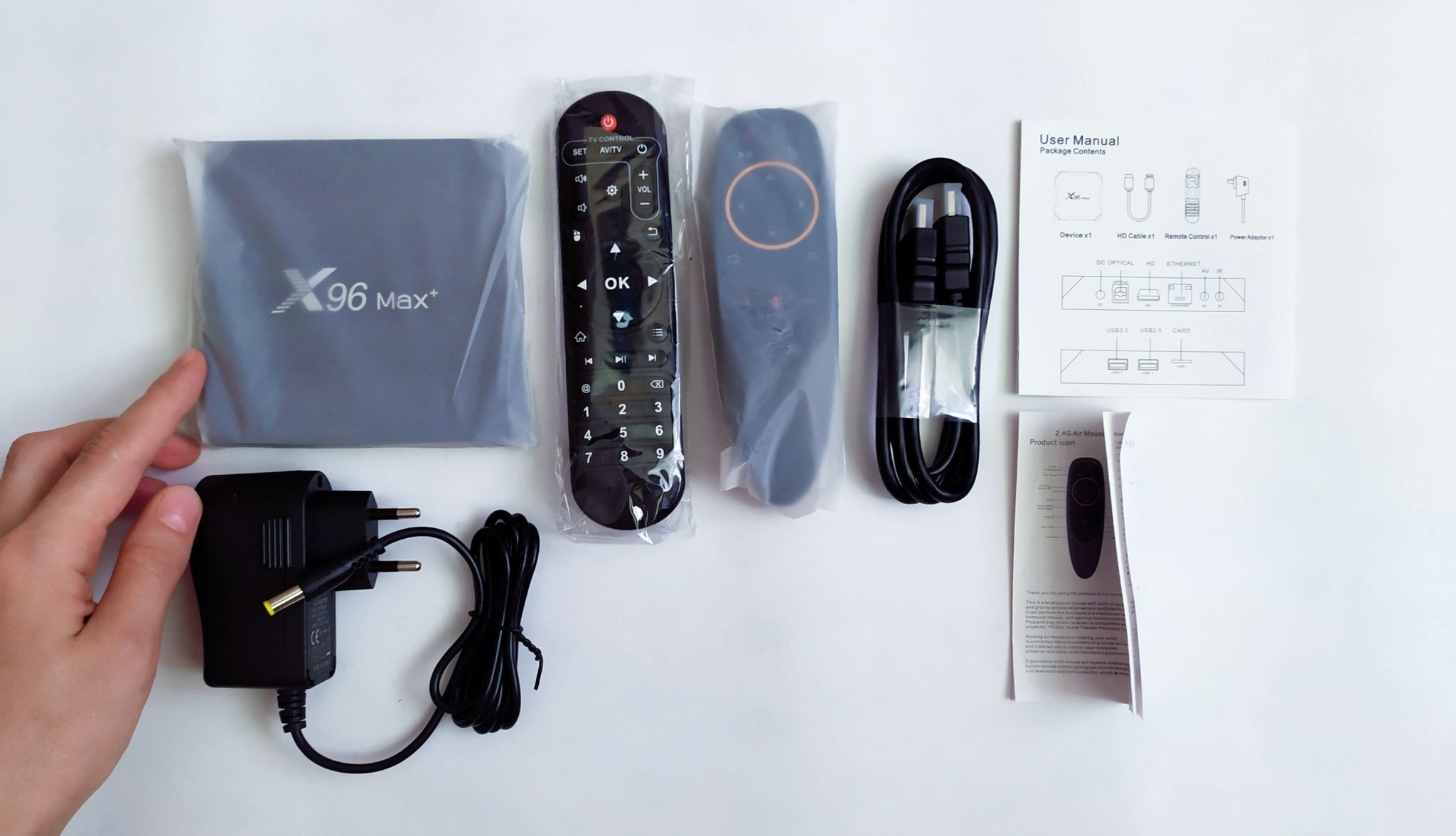

Hardware mpeg 2 decoder full#
Skills and Education – View our full suite of e-learning and classrooms courses designed to cover all levels of the industry.Tradeshow Support – Make sure you take full advantage of the range of opportunities we have available at upcoming exhibitions.Digital Initiatives – We have a number of initiatives available for lead gen, exposure and brand visibility.Member Benefits – Take a look at the full list of benefits available to IABM members, including a wide range of digital focuses initiatives to keep you moving during the current climate.Become an IABM Engaged Partner – Are you a buyer of Broadcast and Media Technology? Sign up, at no cost, to be an IABM Global Engaged Partner to access the IABM Virtual World – the whole market in one place.Join IABM – We represent the leading technology suppliers in the Broadcast & Media industry with a huge range of business-enhancing benefits to help your company grow and prosper.The decoder does not support CSS decryption or playback of encrypted DVDs.
 The decoder is not supported on IA-64–based platforms. CODECAPI_AVDecVideoThumbnailGenerationMode. Of these properties, the following can also be set through the ICodecAPI interface: Specifies whether the decoder exposes output types that are suitable for transcoding before other formats. MFT_DECODER_EXPOSE_OUTPUT_TYPES_IN_NATIVE_ORDER PropertyĬODECAPI_AVDecVideoThumbnailGenerationModeĮnables or disables thumbnail generation mode.Įnables or disables hardware accelerated decoding. The decoder supports the following properties through the IMFTransform::GetAttributes method. For reverse playback, only I frames are decoded. At higher playback rates, the decoder will switch to decoding only I frames. The decoder can decode at rates faster than real time. To enable thumbnail generation mode, set the CODECAPI_AVDecVideoThumbnailGenerationMode property. If no I frame is found within a certain number of frames, the decoder starts decoding P frames and outputs non–I frames at a fixed interval (one per N pictures) until an I frame is reached. In this mode, the decoder initially decodes only I frames. This mode is intended for quick generation of thumbnail images. When this method is called, the decoder outputs only frames that fall within the range of time stamps specified by the caller. For precise seeking, call the IMFTransform::SetOutputBounds method. To enable low latency mode, set the CODECAPI_AVLowLatencyMode attribute. However, the decoder buffers fewer samples in this mode, which can potentially lead to glitches, because the decoder does not decode as many frames in advance. It reduces start-up latency, so the decoder produces the first output sample sooner. This mode is appropriate for scenarios such as real-time communications. The decoder supports DirectX Video Acceleration (DXVA) using either Microsoft Direct3D 9 or Microsoft Direct3D 11. The maximum supported resolution is 1920 × 1088 pixels. The input to the decoder must be an elementary stream. The MPEG-2 video decoder exposes the following interfaces: MFVideoFormat_I420 MFVideoFormat_IYUV MFVideoFormat_NV12 MFVideoFormat_YUY2 MFVideoFormat_YV12 The decoder supports the following output types. The decoder supports the following input media types.
The decoder is not supported on IA-64–based platforms. CODECAPI_AVDecVideoThumbnailGenerationMode. Of these properties, the following can also be set through the ICodecAPI interface: Specifies whether the decoder exposes output types that are suitable for transcoding before other formats. MFT_DECODER_EXPOSE_OUTPUT_TYPES_IN_NATIVE_ORDER PropertyĬODECAPI_AVDecVideoThumbnailGenerationModeĮnables or disables thumbnail generation mode.Įnables or disables hardware accelerated decoding. The decoder supports the following properties through the IMFTransform::GetAttributes method. For reverse playback, only I frames are decoded. At higher playback rates, the decoder will switch to decoding only I frames. The decoder can decode at rates faster than real time. To enable thumbnail generation mode, set the CODECAPI_AVDecVideoThumbnailGenerationMode property. If no I frame is found within a certain number of frames, the decoder starts decoding P frames and outputs non–I frames at a fixed interval (one per N pictures) until an I frame is reached. In this mode, the decoder initially decodes only I frames. This mode is intended for quick generation of thumbnail images. When this method is called, the decoder outputs only frames that fall within the range of time stamps specified by the caller. For precise seeking, call the IMFTransform::SetOutputBounds method. To enable low latency mode, set the CODECAPI_AVLowLatencyMode attribute. However, the decoder buffers fewer samples in this mode, which can potentially lead to glitches, because the decoder does not decode as many frames in advance. It reduces start-up latency, so the decoder produces the first output sample sooner. This mode is appropriate for scenarios such as real-time communications. The decoder supports DirectX Video Acceleration (DXVA) using either Microsoft Direct3D 9 or Microsoft Direct3D 11. The maximum supported resolution is 1920 × 1088 pixels. The input to the decoder must be an elementary stream. The MPEG-2 video decoder exposes the following interfaces: MFVideoFormat_I420 MFVideoFormat_IYUV MFVideoFormat_NV12 MFVideoFormat_YUY2 MFVideoFormat_YV12 The decoder supports the following output types. The decoder supports the following input media types. 
The decoder supports MPEG-2 Simple and Main profile video (H.262, ISO/IEC 13818-2) and MPEG-1 video (ISO/IEC 11172-2). The MPEG-2 Video Decoder is a Media Foundation transform that decodes MPEG-1 and MPEG-2 video.







 0 kommentar(er)
0 kommentar(er)
